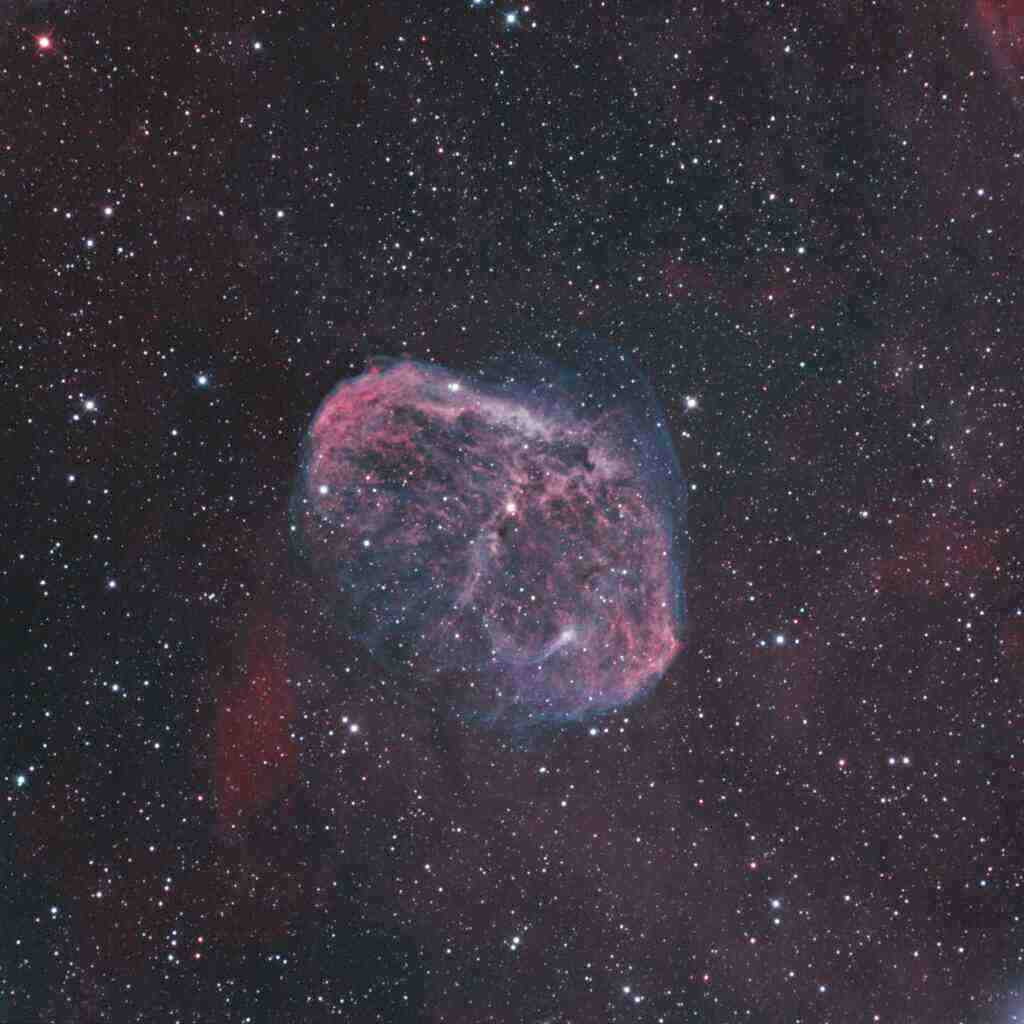Unraveling the Enigma of Early Universe Galaxies: Unveiling Flattened Breadstick-Like Structures
Peering into the Cosmic Past with the James Webb Space Telescope
In the vast expanse of the cosmos, where time stretches back billions of years, lies an enigma that has long captivated astronomers: the morphology of galaxies in the early universe. Through the lens of NASA’s revolutionary James Webb Space Telescope (JWST), a team of researchers from Columbia University embarked on a journey to explore these enigmatic structures, revealing surprising insights into their shapes and formations.
Observing Galaxies in Cosmic Infancy: The Cosmic Evolution Early Release Science Survey
The Cosmic Evolution Early Release Science (CEERS) Survey, undertaken by the JWST, provided a treasure trove of near-infrared images, offering a glimpse into the universe as it existed 600 million to 6 billion years after the Big Bang. This unprecedented dataset allowed astronomers to delve into the formative stages of galaxy evolution, shedding light on the enigmatic structures that existed during this primordial era.
Striking Discovery: Flattened Breadstick-Like Galaxies Dominate the Early Universe
To the astonishment of the research team, their analysis of the CEERS images revealed a remarkable prevalence of flattened, elongated galaxies in the early universe. These galaxies, resembling breadsticks in their shape, stood in stark contrast to the more spherical or disk-like galaxies that are predominantly observed in the present-day universe.
Quantifying the Prevalence: A Statistical Analysis of Galaxy Shapes
Viraj Pandya, a NASA Hubble Fellow at Columbia University and the lead author of a forthcoming paper in The Astrophysical Journal, elaborated on the significance of their findings. “Roughly 50 to 80% of the galaxies we studied appear to be flattened in two dimensions,” Pandya explained. “This observation challenges our understanding of galaxy evolution, as such elongated structures are exceedingly rare among galaxies in the modern universe.”
Unraveling the Mystery: Explaining the Abundance of Flattened Galaxies
The research team delved into the possible causes behind the prevalence of flattened galaxies in the early universe. They hypothesized that the intense gravitational interactions between galaxies during this era may have played a crucial role in shaping their morphology. The high density of galaxies in the early universe likely facilitated frequent mergers and collisions, leading to the formation of elongated structures.
Implications for Galaxy Formation and Evolution: A New Perspective
The discovery of flattened galaxies in the early universe has profound implications for our understanding of galaxy formation and evolution. It suggests that the processes that shape galaxies may have been fundamentally different in the early universe compared to the present day. This finding opens up new avenues of research, challenging existing theories and prompting astronomers to explore alternative scenarios for galaxy evolution.
Conclusion: Unveiling the Secrets of the Cosmic Past
The James Webb Space Telescope, with its unprecedented capabilities, has unveiled a hidden chapter in the history of the universe, revealing the prevalence of flattened breadstick-like galaxies in the early universe. This discovery challenges our understanding of galaxy formation and evolution, inviting astronomers to delve deeper into the mysteries of the cosmos. As the JWST continues to probe the depths of space, we can anticipate further revelations that will reshape our knowledge of the universe’s grand narrative.
Original Article
“Columbia researchers analyzing images from NASA’s James Webb Space Telescope have found that galaxies in the early universe are often flat and elongated, like breadsticks—and are rarely round, like balls of pizza dough. ‘Roughly 50 to 80% of the galaxies we studied appear to be flattened in two dimensions,’ explained Viraj Pandya, a NASA Hubble Fellow at Columbia University, and the lead author of a new paper slated to appear in The Astrophysical Journal that outlines the findings. ‘Galaxies that look like long, thin breadsticks seem to be very common in the early universe, which is surprising, since they are uncommon among galaxies in the present-day universe.'” The team focused on a vast field of near-infrared images delivered by Webb, known as the Cosmic Evolution Early Release Science (CEERS) Survey, plucking out galaxies that are estimated to have existed when the universe was 600 million to 6 billion years old.
